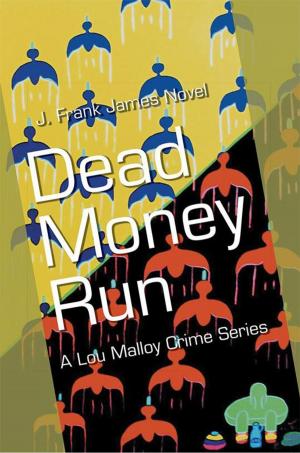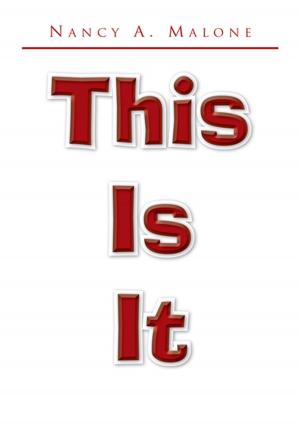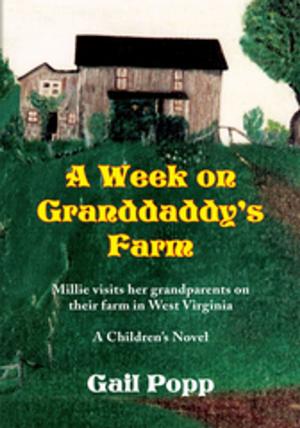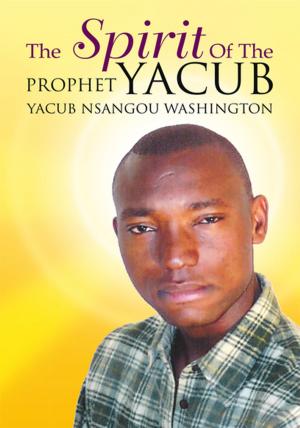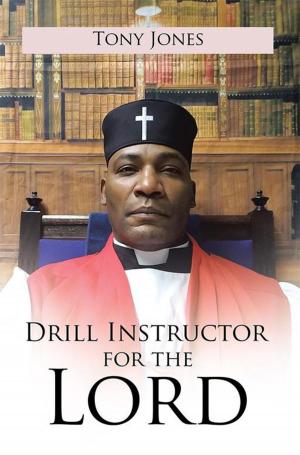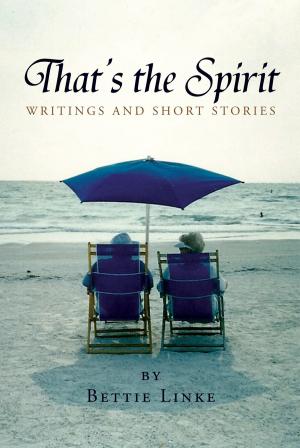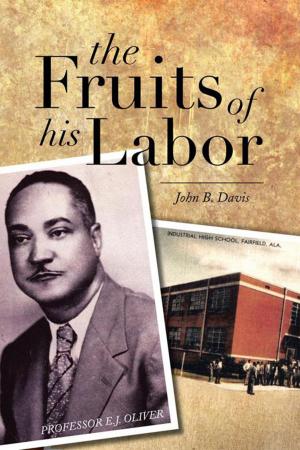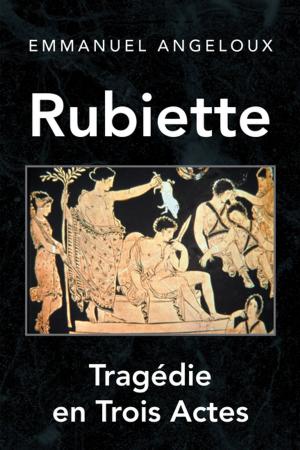| Author: | Claude Britt Jr. | ISBN: | 9781477145616 |
| Publisher: | Xlibris US | Publication: | August 16, 2012 |
| Imprint: | Xlibris US | Language: | English |
| Author: | Claude Britt Jr. |
| ISBN: | 9781477145616 |
| Publisher: | Xlibris US |
| Publication: | August 16, 2012 |
| Imprint: | Xlibris US |
| Language: | English |
He and Him is an autobiography dealing with both psychology and archaeology in the author's life. He was born during the Great Depression. His parents were an Ohio .farmerette and a man from the Tennessee mountains who had become an alcoholic on moonshine whiskey. It was a dysfunctional family from the start. The mom soon developed very serious emotional problems apparently because she wasn't satisfied with the man whom she had married. When the author was a six-year-old boy she told him that she planned to take him and leave his dad. However, she did the exact opposite and had more kids. Upon adding more offspring to the household; the author, then seven years old, became the victim of terrible physical and emotional abuse, as well as complete neglect.
From the age of seven the author had to essentially raise himself. He tried to avoid his parents as much as possible by spending his days in the fields and meadows by himself collecting butterflies, pretty rocks, and looking for prehistoric Indian arrowheads. After finding a few Indian arrowheads on farms in Ohio he started a collection of Indian arrowheads and other artifacts at a very young age. His collection eventually turned into a very renowned private museum as he got a little older.
When the author was almost thirteen years old his parents quit farming and started operating their own country store in a different community. Chapter 3 in this book describes life in country stores in Ohio during the 1940s and 1950s. The author lived in such a country store environment until he turned eighteen and went away to college. He was the first of any of his relatives to ever go away to college. His mother furnished him money to attend college, but he did it completely on his own with absolutely no family encouragement or support to get a degree. From "the time that the author started getting educated his mom refused to ever call him by his given name. She only referred to him as either "He or Him." Others in the family soon became full of covetousness towards him because they perceived that he had advantages which they didn't have. Competitive jealousy of others in the household mounted, their believinq that they had to try to outdo the educated member of the family. A long, drawn-out, bitter family war against the author ensued. Disrespect for the author's higher education continued in later years by not only the third generation, but also by in-laws who didn't even know the author when he was in college!
After receiving both a BS degree and an MA degree in geology, with a master's thesis dealing with archaeology of Archaic Indian sites near his hometown, the author took a temporary summer job as a national park ranger at Canyon de Chelly National Monument at Chinle, Arizona. Canyon de Chelly is located in the center of the vast Navajo Indian Reservation. Getting to live and work in such a beautiful natural area was like a dream come true. That first summers work at Canyon de Chelly motivated the author to eventually work as a seasonal park ranger in six other national parks and monuments.
After working at Canyon de Chelly for one summer , the author ended up going back to Arizona where he lived for ten more years. He married a woman in Kansas who he hardly even knew, then he went to the University of Arizona where he spent two years working towards a PhD degree. After that, he and his wife spent eight more years back on the Navajo Indian Reservation. During those years on the reservation he taught Navajo Indian children on a substitute teaching certificate. It was a full-time job in the winter. Almost all of his students were Navajo Indians. He taught all grade levels from kindergarten through high school. Chapters 6, 7, and 8 of this book are devoted to stories about life in remote areas of the reservation in the 1960s and 1970s. At that time the author's doctor and grocery stores were 145 miles from where he lived. There we
He and Him is an autobiography dealing with both psychology and archaeology in the author's life. He was born during the Great Depression. His parents were an Ohio .farmerette and a man from the Tennessee mountains who had become an alcoholic on moonshine whiskey. It was a dysfunctional family from the start. The mom soon developed very serious emotional problems apparently because she wasn't satisfied with the man whom she had married. When the author was a six-year-old boy she told him that she planned to take him and leave his dad. However, she did the exact opposite and had more kids. Upon adding more offspring to the household; the author, then seven years old, became the victim of terrible physical and emotional abuse, as well as complete neglect.
From the age of seven the author had to essentially raise himself. He tried to avoid his parents as much as possible by spending his days in the fields and meadows by himself collecting butterflies, pretty rocks, and looking for prehistoric Indian arrowheads. After finding a few Indian arrowheads on farms in Ohio he started a collection of Indian arrowheads and other artifacts at a very young age. His collection eventually turned into a very renowned private museum as he got a little older.
When the author was almost thirteen years old his parents quit farming and started operating their own country store in a different community. Chapter 3 in this book describes life in country stores in Ohio during the 1940s and 1950s. The author lived in such a country store environment until he turned eighteen and went away to college. He was the first of any of his relatives to ever go away to college. His mother furnished him money to attend college, but he did it completely on his own with absolutely no family encouragement or support to get a degree. From "the time that the author started getting educated his mom refused to ever call him by his given name. She only referred to him as either "He or Him." Others in the family soon became full of covetousness towards him because they perceived that he had advantages which they didn't have. Competitive jealousy of others in the household mounted, their believinq that they had to try to outdo the educated member of the family. A long, drawn-out, bitter family war against the author ensued. Disrespect for the author's higher education continued in later years by not only the third generation, but also by in-laws who didn't even know the author when he was in college!
After receiving both a BS degree and an MA degree in geology, with a master's thesis dealing with archaeology of Archaic Indian sites near his hometown, the author took a temporary summer job as a national park ranger at Canyon de Chelly National Monument at Chinle, Arizona. Canyon de Chelly is located in the center of the vast Navajo Indian Reservation. Getting to live and work in such a beautiful natural area was like a dream come true. That first summers work at Canyon de Chelly motivated the author to eventually work as a seasonal park ranger in six other national parks and monuments.
After working at Canyon de Chelly for one summer , the author ended up going back to Arizona where he lived for ten more years. He married a woman in Kansas who he hardly even knew, then he went to the University of Arizona where he spent two years working towards a PhD degree. After that, he and his wife spent eight more years back on the Navajo Indian Reservation. During those years on the reservation he taught Navajo Indian children on a substitute teaching certificate. It was a full-time job in the winter. Almost all of his students were Navajo Indians. He taught all grade levels from kindergarten through high school. Chapters 6, 7, and 8 of this book are devoted to stories about life in remote areas of the reservation in the 1960s and 1970s. At that time the author's doctor and grocery stores were 145 miles from where he lived. There we

